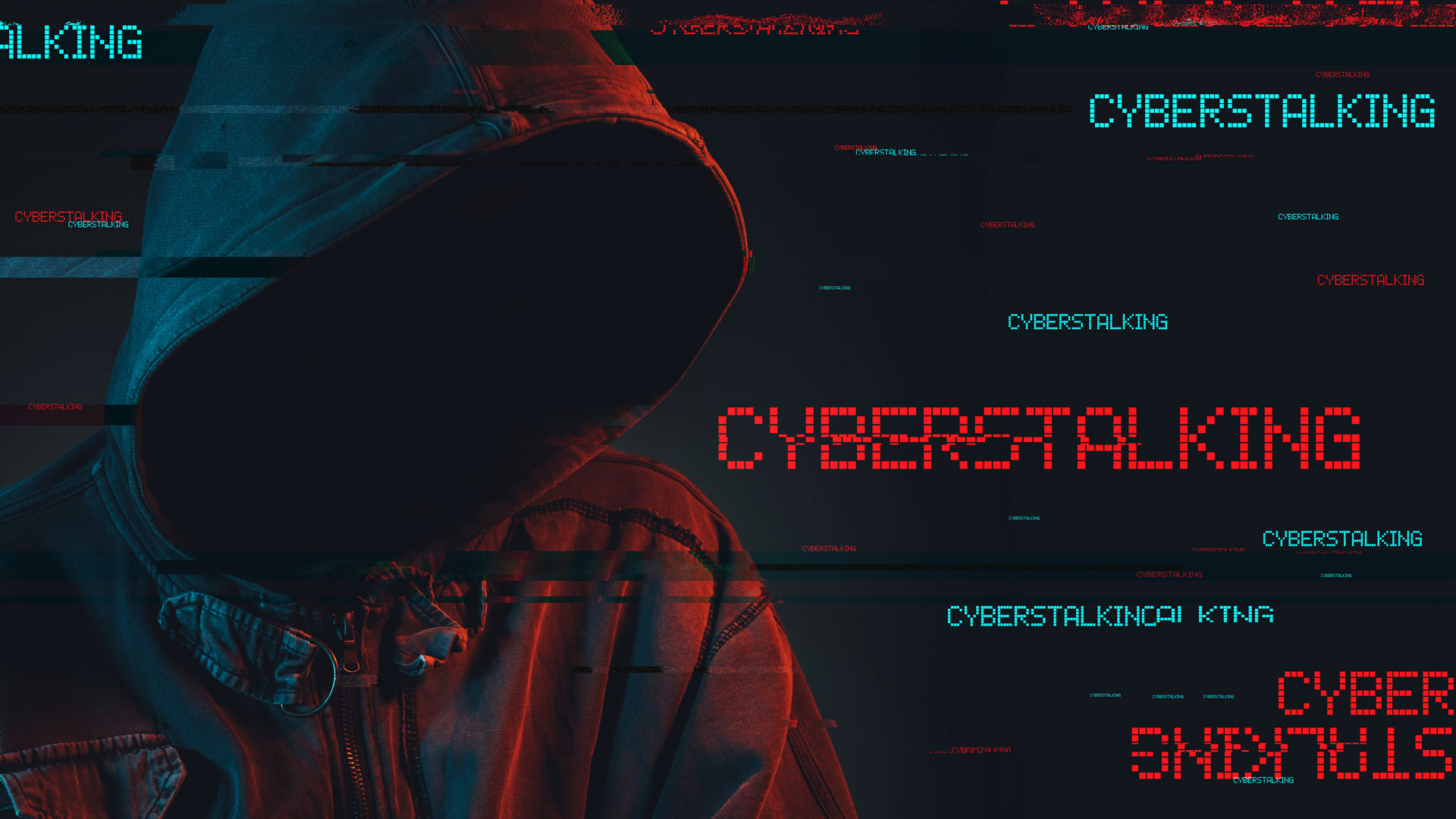The wealth of personal information available on social media platforms like Facebook, Twitter, Instagram and others makes it easy for a malicious person to gather enough data to inflict damage. The proliferation of GPS-based apps like Facebook’s check-in tool even provides real-time locational information. A would-be stalker can gain a dangerous amount of information with just a few clicks.
To some, the perception persists that cyberstalking is not as dangerous a threat as physical stalking. However, this is a misconception on several levels. Because the Internet offers such anonymity, a cyberstalker could be several states away – or several blocks away. Victims of cyberstalkers may not know where their stalker lives, and that mystery can be stressful and frightening.
Cyberstalkers hide behind an electronic screen; even if their identity is known to the victim, the ease of creating fake names, profiles and websites on the web provides a stalker with an electronic layer of anonymity and sense of power over his victim. The physical removal from a victim may make a stalker less inhibited with invective and, contrary to expectations, more likely to make dangerous threats or inflammatory claims. Any stalker’s threats can be an indicator of future violence; cyberstalking should be taken as seriously as physical stalking.




